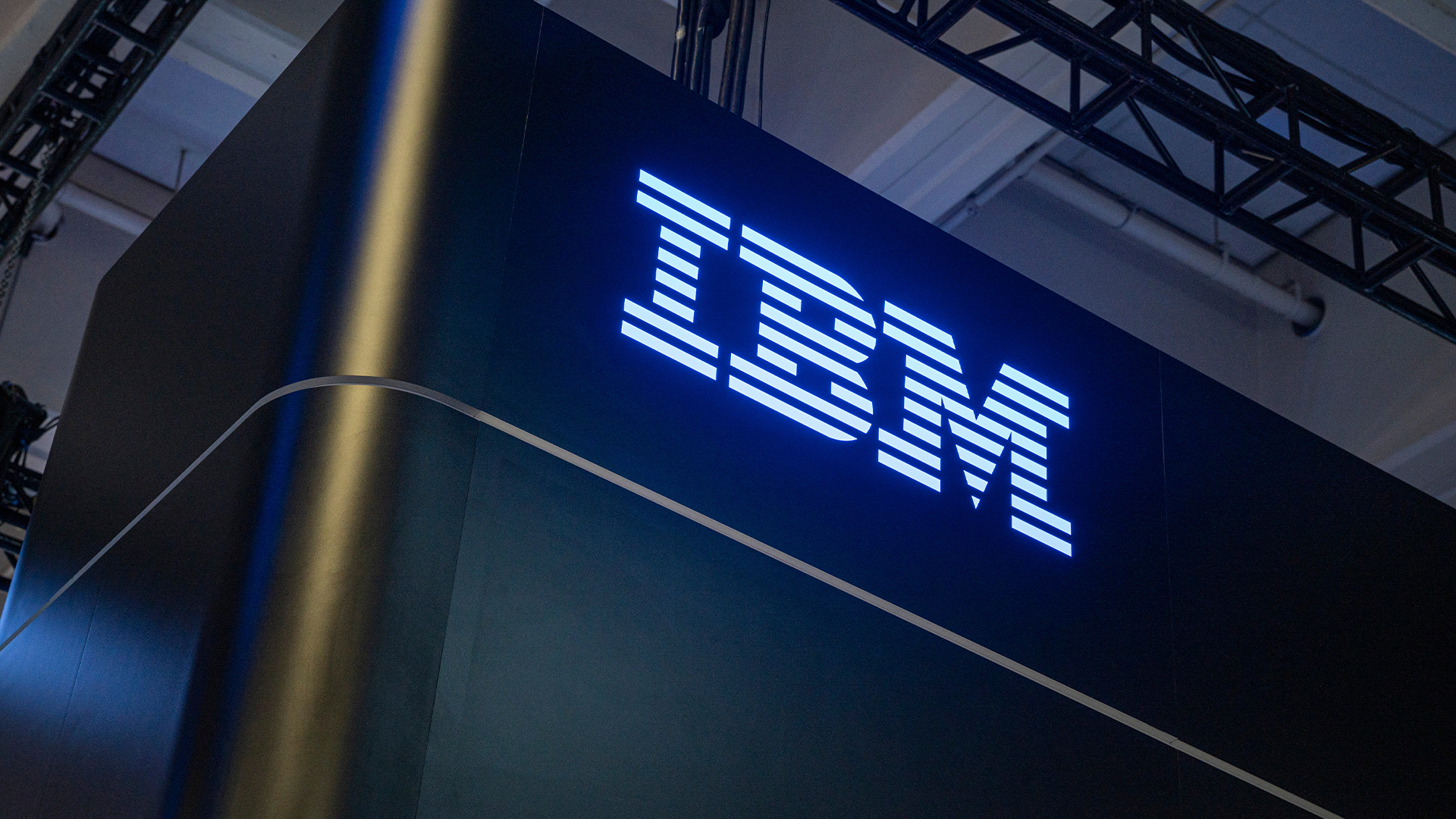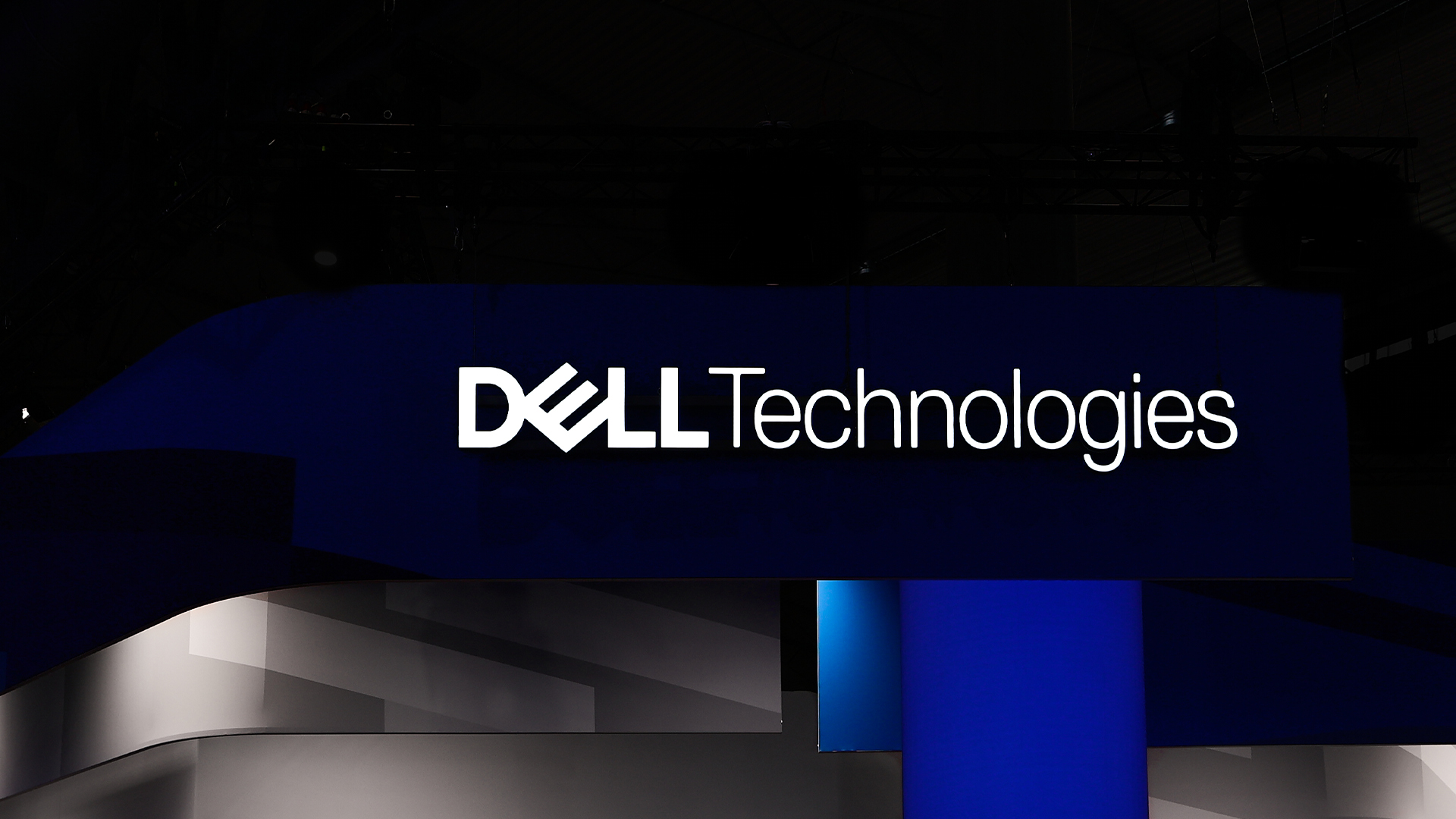Weekly threat roundup: Nvidia, BitLocker, and HackerOne
The most dangerous and pressing flaws from the week gone by


Patch management is far easier a process said than done, and security teams may often be forced into prioritising fixes for several business-critical systems, all released at once. It’s become typical, for example, to expect dozens of patches to be released on Microsoft’s Patch Tuesday, with other vendors also routinely getting in on the act.
Below, IT Pro has collated the most pressing disclosures from the last seven days, including details such as a summary of the exploit mechanism, and whether the vulnerability is being exploited in the wild. This is in order to give teams a sense of which bugs and flaws might pose the most dangerous immediate security risks.
Nvidia GPU display driver vulnerabilities
Patches released for the Nvidia GPU display driver have addressed vulnerabilities that, if exploited, may have lead to denial of service, code execution, escalation of privileges or information disclosure.
The flaws, numbering 11 in total, were present in the GeForce, Quadro, NVS and Tesla graphics card drivers, as well as in the firm’s vGPU software used in virtual machines. These have been tagged from CVE‑2020‑5979 to CVE‑2020‑5989, and range in severity from a CVSS base score of 4.4 to 8.8.
The most serious flaw lies in the vGPU plugin and host driver kernel module of the Nvidia Virtual GPU Manager. Specifically, it presents the potential to write to a memory location outside the intended boundary of the frame buffer memory allocated to guest operating systems. It could lead to a denial of service or information disclosure.
While the majority of patches are available now, updated drivers for Nvidia GeForce cards won’t be available until 5 October.
BitLocker ‘sleep mode’ bypass
A BitLocker flaw can be exploited to break the full disk encryption technology that comes packaged with Windows 10 devices, according to the Daily Swig.
Sign up today and you will receive a free copy of our Future Focus 2025 report - the leading guidance on AI, cybersecurity and other IT challenges as per 700+ senior executives
An update to the BitLeaker tool built for Windows 10 can exploit a vulnerability, tagged CVE-2020-0526, in a device’s sleeping state to bypass full-disk encryption, as outlined by researcher Seunghun Han, at the Black Hat Asia event.
This flaw is embedded in the firmware-based Trusted Platform Module (fTPM) – specifically in the Intel Platform Trust Technology (PTT) – on certain motherboards.
The bug was also found to lead to privilege escalation, should hackers successfully exploit it, although all components barring one, the ASUS Q170M-C motherboard, have been patched.
HackerOne prototype pollution flaw
A ‘prototype pollution’ vulnerability in a JavaScript library used by bug bounty platform HackerOne could have allowed hackers to stage phishing attacks.
This type of flaw, which is normally found in prototype-based languages like JavaScript, can allow cyber criminals to manipulate the behaviour of an application by modifying its code while it’s running.
Discovered by developer William Bowling, the vulnerability could have allowed an attacker to inject malicious HTML and JavaScript code into the HackerOne website. He was searching for cross-site scripting (XSS) flaws when he found it.
Authentication bypass flaws in router chipsets
Chipsets found in multiple routers – manufactured by Mediatek, Qualcomm (Atheros) and Realtek – contain a partial authentication bypass flaw that could allow an attacker to send malicious packets through protected networks.
RELATED RESOURCE

The endpoint as a key element of your security infrastructure
Threats to endpoints in a world of remote working
Tagged as CVE-2019-18989, CVE-2019-18990, and CVE-2019-18991, the flaws were first discovered by Synopsys last year and disclosed to both the chipset and router manufacturers, which included Zyxel, Netgear and D-Link, among others. By injecting malicious packets into vulnerable networks, hackers are able to target active systems.
Mediatek and Realtek have said that patches will be made available upon request, while Qualcomm (Atheros) has said the identified chipsets have all reached end-of-life and have therefore been discontinued.

Keumars Afifi-Sabet is a writer and editor that specialises in public sector, cyber security, and cloud computing. He first joined ITPro as a staff writer in April 2018 and eventually became its Features Editor. Although a regular contributor to other tech sites in the past, these days you will find Keumars on LiveScience, where he runs its Technology section.
-
 Can enterprises transform through startup theory?
Can enterprises transform through startup theory?In-depth For big corporations, the flexibility, adaptability, and speed of a startup or scale-up is often the total opposite of what’s possible within their own operations
-
 AI is creating more software flaws – and they're getting worse
AI is creating more software flaws – and they're getting worseNews A CodeRabbit study compared pull requests with AI and without, finding AI is fast but highly error prone
-
 Everything you need to know about Google and Apple’s emergency zero-day patches
Everything you need to know about Google and Apple’s emergency zero-day patchesNews A serious zero-day bug was spotted in Chrome systems that impacts Apple users too, forcing both companies to issue emergency patches
-
 Security experts claim the CVE Program isn’t up to scratch anymore — inaccurate scores and lengthy delays mean the system needs updated
Security experts claim the CVE Program isn’t up to scratch anymore — inaccurate scores and lengthy delays mean the system needs updatedNews CVE data is vital in combating emerging threats, yet inaccurate ratings and lengthy wait times are placing enterprises at risk
-
 IBM AIX users urged to patch immediately as researchers sound alarm on critical flaws
IBM AIX users urged to patch immediately as researchers sound alarm on critical flawsNews Network administrators should patch the four IBM AIX flaws as soon as possible
-
 Critical Dell Storage Manager flaws could let hackers access sensitive data – patch now
Critical Dell Storage Manager flaws could let hackers access sensitive data – patch nowNews A trio of flaws in Dell Storage Manager has prompted a customer alert
-
 Cisco ASA customers urged to take immediate action as NCSC, CISA issue critical vulnerability warnings
Cisco ASA customers urged to take immediate action as NCSC, CISA issue critical vulnerability warningsNews Cisco customers are urged to upgrade and secure systems immediately
-
 Flaw in Lenovo’s customer service AI chatbot could let hackers run malicious code, breach networks
Flaw in Lenovo’s customer service AI chatbot could let hackers run malicious code, breach networksNews Hackers abusing the Lenovo flaw could inject malicious code with just a single prompt
-
 Industry welcomes the NCSC’s new Vulnerability Research Initiative – but does it go far enough?
Industry welcomes the NCSC’s new Vulnerability Research Initiative – but does it go far enough?News The cybersecurity agency will work with external researchers to uncover potential security holes in hardware and software
-
 ‘The worst thing an employee could do’: Workers are covering up cyber attacks for fear of reprisal – here’s why that’s a huge problem
‘The worst thing an employee could do’: Workers are covering up cyber attacks for fear of reprisal – here’s why that’s a huge problemNews More than one-third of office workers say they wouldn’t tell their cybersecurity team if they thought they had been the victim of a cyber attack.